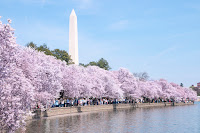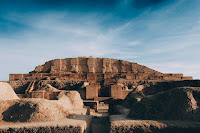The Ancient Empire

Babylon is a biblical symbol of the recurring rise of empires and self-appointed world leaders, and it continues to live and thrive today . There is a larger story behind the visions of the Book of Daniel than meets the eye, which remains relevant today. Daniel focuses on an empire that intends to rule that part of the world. It has done so since the dawn of human history. Not only was ancient Babel alive and well at the time of Daniel, but it is rising again on the world scene.








